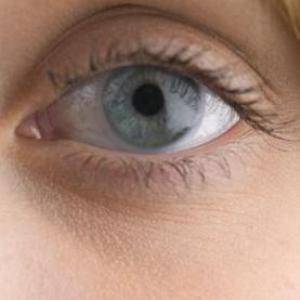 Retinopathy Can Be Identified 10 Years Before It Happens: Diabetes affects more than 24 million people every single day in the United States, men, women and children are all affects. By this time next year, another million will be diagnosed with diabetes while another million walk around unknowable daily without symptoms but still have diabetes. Diabetic patients living with poor control of and high blood glucose levels are more likely to have eye-related complications within ten years.
Retinopathy Can Be Identified 10 Years Before It Happens: Diabetes affects more than 24 million people every single day in the United States, men, women and children are all affects. By this time next year, another million will be diagnosed with diabetes while another million walk around unknowable daily without symptoms but still have diabetes. Diabetic patients living with poor control of and high blood glucose levels are more likely to have eye-related complications within ten years.
When a person has diabetes, they are dealing with some very high glucose levels. These high levels are associated with mircovascular complications, which includes retinopathy.
“However, some controversy concerns the actual value of this glycemic threshold for identifying retinopathy,” the authors of states. “It is now well established that the non-diabetic population also has retinopathy, albeit at a lower frequency than patients with diabetes and in a milder form, indicating that there may be factors other than fasting plasma glucose levels that increase the risk of retinopathy.”
The retinas of 700 men and women were examined by Pascale Massin, M.D., Ph.D., of Hôpital Lariboisière, Paris, and colleagues in the Data From an Epidemiological Study on the Insulin Resistance Syndrome (DESIR) Study Group. Nine years of research saw that fasting plasma glucose levels and hemoglobin A1C has also been tracked. During this study, 235 patients were diabetic, 227 patients have impaired fasting plasma glucose levels and 238 have glucose levels within the normal limits. Among the participants, 44 patients had retinopathy which included 19 who were diagnosed with diabetes, 19 who has impaired fasting levels and 6 who has normal glucose levels. When compared with patients that did not have retinopathy, conditions where in higher levels of fasting plasma glucose ten years previous.
“Levels of HbA1c and fasting plasma glucose at baseline were related to the presence of retinopathy 10 years later, and the levels at which the positive predictive values increased provide a rationale for the choice of thresholds for the definition of hyperglycemia associated with 10-year retinopathy,” the authors write. “We propose that thresholds of 108 milligrams per deciliter for fasting plasma glucose concentration and 6.0 percent for HbA1c level could be used to define those who are at risk of retinopathy; this is in agreement with our observation of a risk of retinopathy within the impaired fasting glucose range (fasting plasma glucose level, 110 milligrams per deciliter or higher).”
“Factors other than glucose measures play only a minor role in retinopathy,” they conclude.